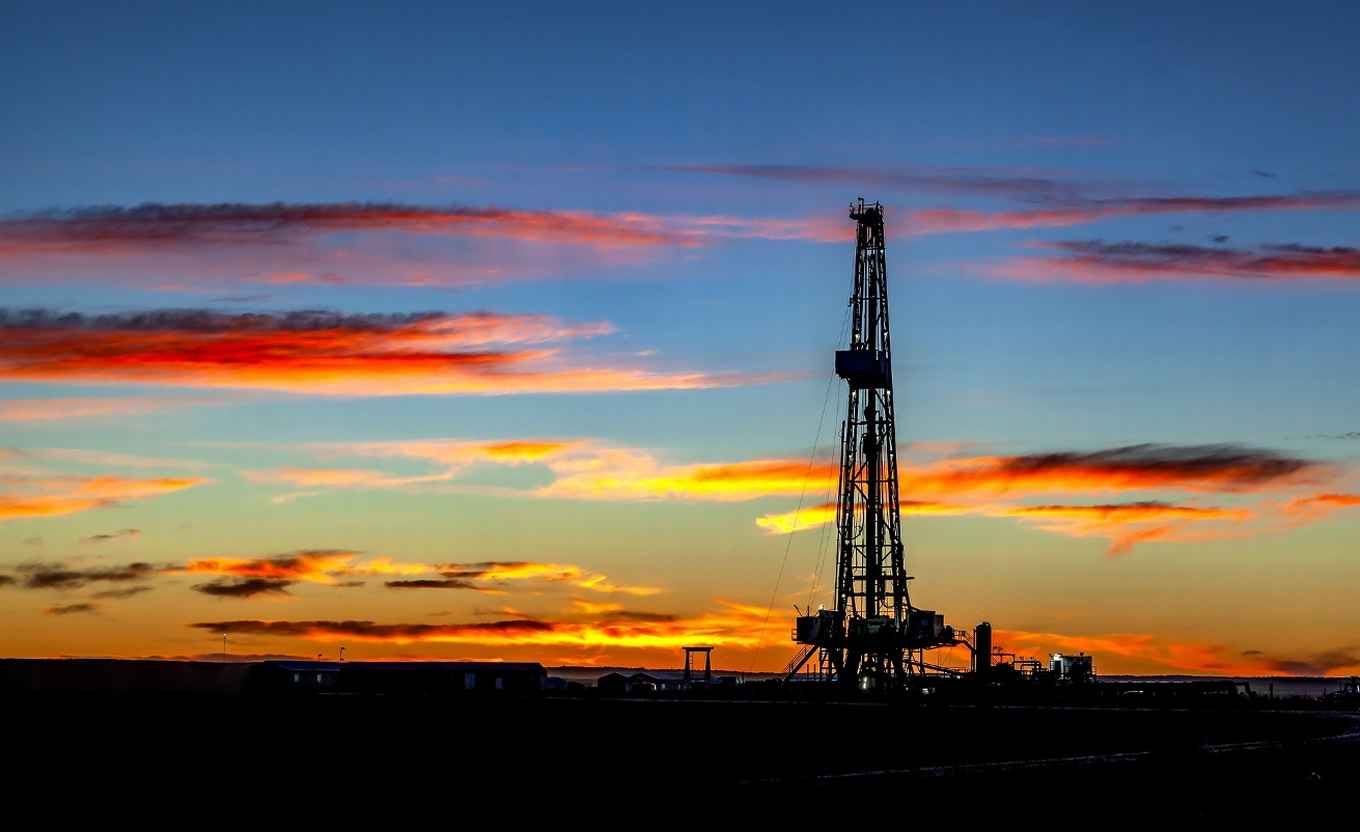Green fracking fluids are not environmentally friendly alternatives
25 August 2021

Fracking is the process of extracting oil and gas by the force of specific fluids which fracture the rocks deep in the ground which contain oil or gas. Fracking is used when the oil or gas are contained in very dense rocks, or to stimulate older wells. Nearly empty gas field still contain a lot of gas which is locked in little nooks and crannies and unable to flow to the surface via the drilled well. Fracturing the rocks makes the fossil fuels more mobile.
To protect health and the environment, contamination of air, soil and water as a result of hydraulic fracturing activities needs to be prevented. Contamination is known to occur through surface spills or underground leaks, and consists of chemical additives used in the fracturing fluid and reaction products created under the specific high pressure and high temperature conditions in the rocks. The use of greener chemicals in fracturing fluid is one of the approaches to reduce environmental and human risks.
Comparing green and conventional fracturing fluids
‘I wanted to know if fracking related risks to the environment could be mitigated by using green fracturing fluids?’, says Ann-Hélène Faber. ‘But it was unclear until now to what extent the current green fracturing fluids indeed reduce these risks. That’s why I wanted to study and compare fracturing fluids which are marketed as either conventional or green chemicals.’
Faber worked in the lab of KWR Water Research Institute to determine the exact chemical composition of a small number of fracturing fluids via non-target screening using liquid chromatography. She also worked with high resolution mass spectrometry. The toxicity was evaluated by the Ames fluctuation test to assess mutagenicity. Finally, Faber made with BDS CALUX reporter gene assays to determine specific toxicity.
Green, but not environmentally friendly
The results of Faber’s research do not indicate lower concentrations or lower number of chemicals present in green fluids. The genotoxic potential is similar as well. There is no clear difference in toxicity between green and conventional fluids.
‘The results indicate that the tested green fluids are not environmentally friendly alternatives to tested conventional fluids,’ says Faber. ‘There is a need for more research on green alternatives of fracturing fluids. For the development of real sustainable chemistry, eg with applications in oil and gas exploration, innovations are necessary. I think more collaboration is needed amongst the fields of chemistry, environmental sciences and toxicology.’
Read the article in Science of The Total Environment:
Comparing conventional and green fracturing fluids by chemical characterisation and effect-based screening - https://www.sciencedirect.com/science/article/pii/S0048969721037992
Ann-Hélène Faber, Andrea M. Brunner, Milou M.L.Dingemans, Kirsten A. Baken, Stefan A.E. Kools, Paul P. Schot, Pim de Voogt, Annemarie P. van Wezel